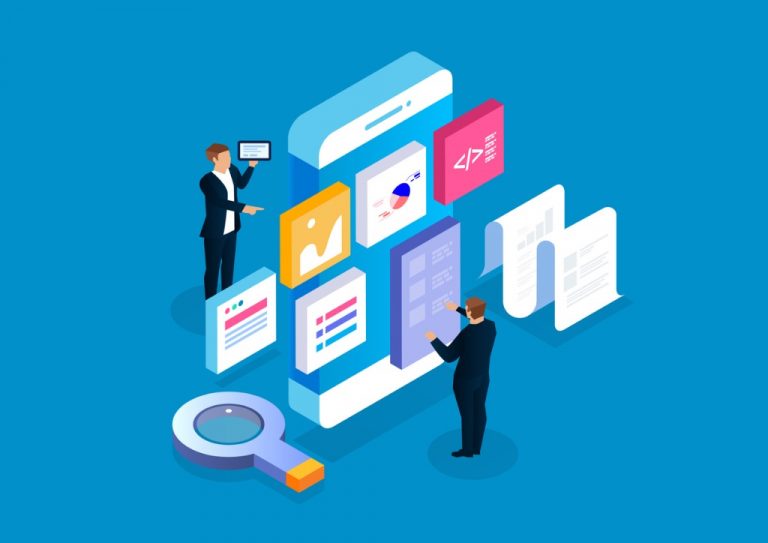By Haniel Croitoru
Looking for more on Power Apps? Read our latest coverage:
A couple of months ago, Microsoft added the functionality to transfer contextual information from a host Team or channel into a Power App. This is a big improvement for citizen developers who are developing apps to be consumed in a Microsoft Teams context. Apps can now be created with an upfront knowledge of where the app is hosted, the size of the app, client type, theme, and more. For a full list of parameters, you can read my article on creating Teams-aware Power Apps. Once an app is built, it can be exported from the maker portal and imported into Teams to be consumed by users.

One of the challenges that developers may face when developing apps is getting Teams context information during development and testing time. While the context-sensitive parameters are available inside Teams, this data is missing outside of Teams. One way to work around this is by checking to see where the app is being loaded from and then respond accordingly. Here’s how.
